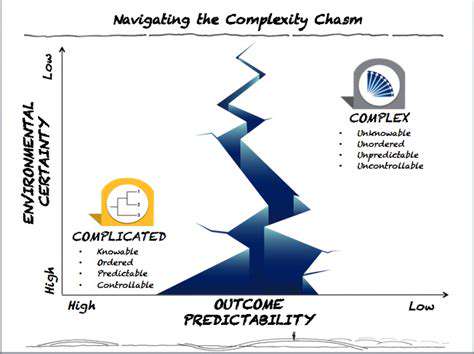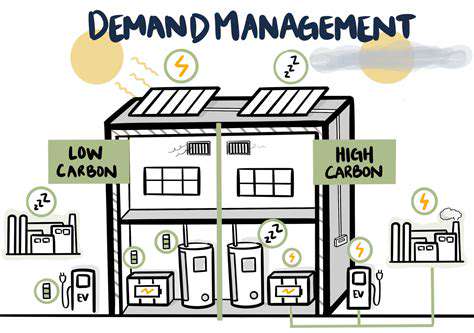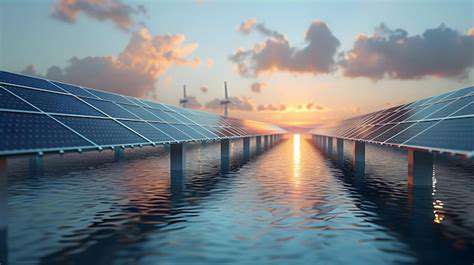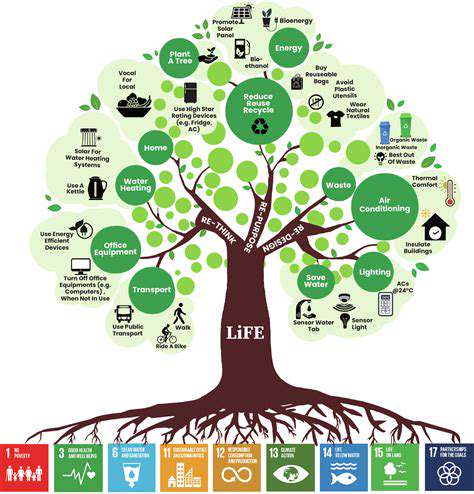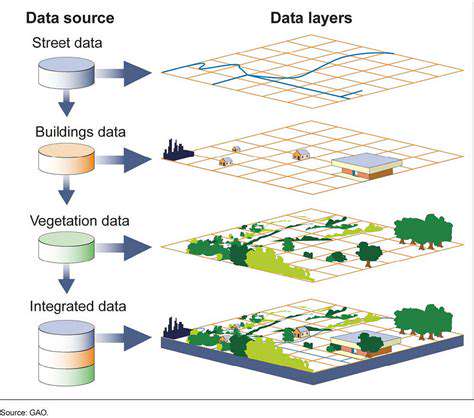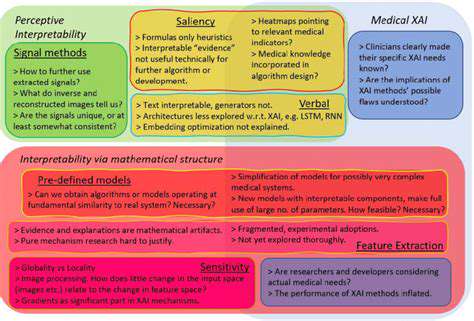Algae Biofuels: A Promising Next Generation Bioenergy Source
In the quest for cleaner energy solutions, algae biofuels have emerged as a promising candidate. What sets them apart from conventional biofuels is their remarkable efficiency and environmental benefits. While traditional options like corn or soybean biofuels dominate the market, algae present a compelling case with their rapid growth cycles and high lipid yields. These characteristics position algae as a potential game-changer in reducing reliance on finite fossil fuel reserves while addressing pressing ecological concerns.
One of algae's most notable advantages lies in its adaptability to diverse growing conditions. Unlike traditional crops that require arable land, algae thrive in environments ranging from wastewater treatment facilities to saline ponds. This flexibility not only minimizes competition with food production but also opens doors for energy generation in regions previously considered unsuitable for agriculture. Additionally, during their growth phase, algae actively absorb carbon dioxide, offering a dual benefit of biofuel production and carbon sequestration.
Cultivation Methods and Challenges
The journey from algae cultivation to biofuel production involves multiple complexities. Different algal strains demand specific growing conditions, with variables like nutrient concentrations, light exposure, and water chemistry requiring careful calibration. Researchers have developed various cultivation systems to address these needs, including open-air ponds, closed photobioreactors, and hybrid systems that combine both approaches. Each method presents unique trade-offs between scalability, control, and operational costs.
Scaling up algae production while maintaining cost-effectiveness remains one of the sector's most pressing challenges. Beyond cultivation, the processes of harvesting and lipid extraction present additional hurdles. Current methods often prove too energy-intensive or chemically demanding to achieve economic viability. Innovations in these areas could dramatically improve the feasibility of algae biofuels, potentially making them competitive with conventional energy sources.
Lipid Extraction and Conversion
Once harvested, the crucial step of lipid extraction begins. Various techniques exist, each with distinct advantages. Mechanical pressing offers simplicity but often yields lower quantities, while solvent extraction provides higher efficiency at the cost of potential environmental concerns. Emerging methods like supercritical fluid extraction show promise but require further refinement. The choice of method typically depends on the algal species and the intended quality of the final biofuel product.
The extracted lipids then undergo transesterification, transforming them into usable biodiesel. This chemical process, while well-established, continues to see improvements through catalyst development and process optimization. Subsequent refining steps ensure the biofuel meets industry standards for engine performance and emissions. Ongoing research aims to streamline these conversion processes to enhance yield and reduce costs, potentially making algae biofuels more accessible.
Economic Viability and Environmental Impact
The financial feasibility of algae biofuels hinges on multiple factors. Current production costs remain higher than conventional fuels, primarily due to energy-intensive cultivation and processing. However, technological advancements and economies of scale could significantly alter this equation. Policy support also plays a crucial role, with government incentives potentially accelerating commercialization and adoption of algae-based alternatives.
From an environmental standpoint, algae biofuels show considerable promise. Their potential to reduce net carbon emissions positions them as a compelling option in climate change mitigation strategies. However, comprehensive life cycle analyses are essential to fully understand their ecological footprint, accounting for all stages from cultivation to combustion. Such assessments help identify areas for improvement and ensure the sustainability credentials of algae biofuels hold up under scrutiny.
Future Research Directions
The path forward for algae biofuels involves multiple research avenues. Strain selection and genetic modification could yield algae varieties with superior growth rates and lipid production. Alternative cultivation approaches, such as utilizing wastewater or marine environments, may enhance sustainability while reducing costs. Additionally, developing efficient methods for utilizing byproducts could improve the overall economics of algae biofuel production.
Integration with existing industries presents another promising direction. For instance, coupling algae cultivation with wastewater treatment or carbon capture from industrial emissions could create synergistic benefits. Such innovations could transform algae biofuels from a niche alternative into a mainstream energy solution, contributing significantly to global decarbonization efforts.
The Advantages of Algae as a Biofuel Feedstock
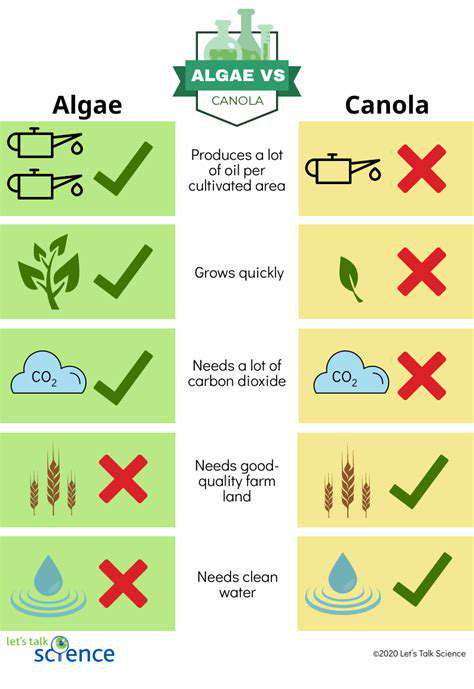
Algae's Potential as a Sustainable Biofuel Source
The versatility of algae as photosynthetic organisms makes them uniquely suited for biofuel applications. Their biomass production rates dwarf those of traditional biofuel crops, potentially requiring just a fraction of the land area. This efficiency could prove invaluable as global demand for renewable energy grows while arable land becomes increasingly scarce. The ability to cultivate algae in non-traditional environments further enhances their appeal as a sustainable energy solution.
Algae's environmental benefits extend beyond land use efficiency. Their cultivation in marginal areas or integrated with waste treatment systems creates opportunities for productive land use where conventional agriculture would fail. This adaptability, combined with their carbon sequestration potential, positions algae biofuels as a multifaceted tool in environmental stewardship. As technology advances, these advantages may become even more pronounced, potentially reshaping the renewable energy landscape.
Enhanced Efficiency and Versatility of Algae-Based Fuels
The diversity of algae species translates to remarkable flexibility in biofuel production. Depending on the strain and processing methods, algae can yield various fuel types including biodiesel, bioethanol, and even aviation fuels. This versatility allows for tailored solutions to different energy needs, potentially easing the transition from fossil fuels across multiple sectors. The chemical properties of algae-derived fuels often surpass their conventional counterparts, offering improved combustion characteristics and lower emissions profiles.
The high energy density of certain algae oils makes them particularly suitable for transportation applications where energy storage is critical. As engine technologies evolve to accommodate alternative fuels, algae-based options may find increasing acceptance in automotive, marine, and even aerospace applications. This potential for broad compatibility with existing infrastructure could significantly accelerate their adoption and integration into global energy systems.
Environmental Benefits and Reduced Carbon Footprint
Perhaps the most compelling argument for algae biofuels lies in their environmental performance. Unlike fossil fuels that release sequestered carbon, algae fuels represent a more balanced carbon cycle. The CO2 absorbed during growth roughly equals what's emitted during combustion, creating a theoretically carbon-neutral energy source. When combined with carbon capture techniques, some algae systems may even achieve negative emissions, actively removing CO2 from the atmosphere.
Beyond carbon mitigation, algae cultivation offers additional ecological benefits. Their ability to thrive in wastewater provides a unique opportunity to combine energy production with water purification. This dual-purpose approach could prove particularly valuable in water-stressed regions, addressing two critical challenges simultaneously. As environmental regulations tighten and sustainability becomes increasingly prioritized, these co-benefits may drive greater investment and innovation in algae biofuel technologies.
Cultivation and Harvesting Methods for Algae Biofuel Production
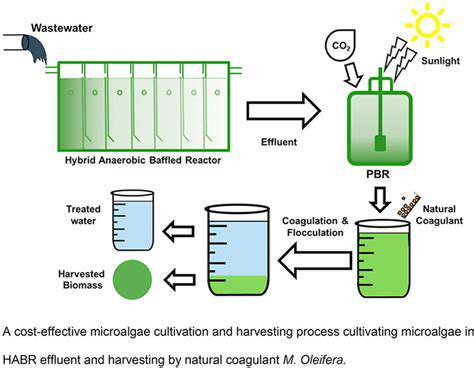
Optimizing Growth Conditions
Successful algae cultivation begins with creating ideal growth conditions. Light availability stands as a critical factor, with many species requiring specific light intensities and durations for optimal photosynthesis. Nutrient balance proves equally important, particularly the ratios of nitrogen and phosphorus in the growth medium. Temperature control also plays a vital role, as most algal species thrive within relatively narrow thermal ranges. Precise management of these parameters can dramatically influence both biomass productivity and lipid accumulation.
Innovative cultivation systems continue to emerge, addressing various challenges in algae production. Open pond systems offer simplicity and lower capital costs but face issues with contamination and evaporation. Closed photobioreactors provide better environmental control but at higher operational expenses. Hybrid systems attempt to combine the advantages of both, potentially offering scalable solutions for commercial production. The ongoing refinement of these technologies remains crucial for making algae biofuels economically viable.
Harvesting and Dewatering Techniques
Once algae reach optimal growth, efficient harvesting becomes paramount. The small size and low concentration of algal cells in growth media present significant technical challenges. Traditional methods like centrifugation offer reliability but consume substantial energy. Alternative approaches including flocculation, filtration, and flotation show promise in reducing energy requirements while maintaining acceptable recovery rates. The choice of harvesting method often represents a trade-off between energy efficiency, cost, and the intended use of the biomass.
Following harvesting, dewatering processes concentrate the algal slurry to facilitate subsequent processing. This step proves critical as it significantly reduces the volume of material needing further treatment. Emerging technologies like electrocoagulation and membrane filtration aim to improve the energy efficiency of these concentration steps. Continued innovation in this area could substantially lower the overall energy footprint of algae biofuel production.
Nutrient Recycling and Sustainability
A key consideration in sustainable algae cultivation involves nutrient management. The substantial quantities of nitrogen and phosphorus required for growth present both cost and environmental challenges. Implementing closed-loop nutrient recycling systems can dramatically improve the sustainability profile of algae biofuels. Such systems recover and reuse nutrients from processed biomass, reducing both input costs and potential environmental impacts.
Integration with wastewater streams offers another promising avenue for nutrient sourcing. Many industrial and municipal wastewaters contain sufficient nutrients to support algal growth while simultaneously treating the water. This symbiotic relationship could transform algae cultivation from a nutrient consumer to a component of broader environmental solutions. As circular economy principles gain traction, these integrated approaches may become standard practice in the industry.
Conversion Technologies for Algae-Based Biofuels
Advanced Processing Methods
The transformation of algal biomass into usable fuels involves sophisticated conversion technologies. Biochemical pathways leverage microorganisms or enzymes to break down algal components into fuel precursors. These biological methods often operate under milder conditions than their chemical counterparts, potentially reducing energy inputs. However, they typically require precise control of environmental conditions and longer processing times. Ongoing research aims to enhance the efficiency and speed of these biological processes through strain improvement and process optimization.
Chemical conversion methods offer alternative routes to biofuel production. Hydrothermal liquefaction uses heat and pressure to convert wet algal biomass directly into bio-crude, bypassing energy-intensive drying steps. Catalytic processes can then upgrade this intermediate into various fuel types. Another approach, pyrolysis, thermally decomposes dried biomass in oxygen-free environments to produce bio-oil, gas, and char. Each method presents unique advantages and challenges in terms of yield, energy requirements, and product quality.
Fuel Refining and Quality Control
Following initial conversion, algal biofuels typically require additional refining to meet industry specifications. This may involve processes like hydrotreating to remove oxygen and improve stability, or fractionation to separate fuel components. Quality control proves particularly important for ensuring compatibility with existing engines and fuel distribution systems. Meeting stringent fuel standards remains a critical challenge for widespread adoption of algae-derived fuels.
Analytical techniques play a vital role in characterizing and optimizing biofuel properties. Advanced spectroscopy and chromatography methods help identify and quantify fuel components, guiding process improvements. As the industry matures, standardized testing protocols will become increasingly important for ensuring consistent fuel quality across different production facilities and algal feedstocks.
Integrated Biorefinery Concepts
The biorefinery model represents a holistic approach to algae biofuel production, aiming to maximize value from all biomass components. Rather than focusing solely on lipid extraction for biodiesel, integrated facilities can produce multiple co-products including animal feeds, fertilizers, and high-value chemicals. This diversified output improves overall economics while reducing waste streams. The specific product mix depends on algal composition and market demands, requiring flexible processing capabilities.
Life cycle assessments of integrated biorefineries often show improved sustainability metrics compared to single-product approaches. By utilizing carbohydrates and proteins in addition to lipids, these systems achieve higher overall biomass utilization. As the technology matures, such integrated approaches may become the standard for commercial-scale algae biofuel production, offering both economic and environmental advantages over traditional biofuel pathways.
